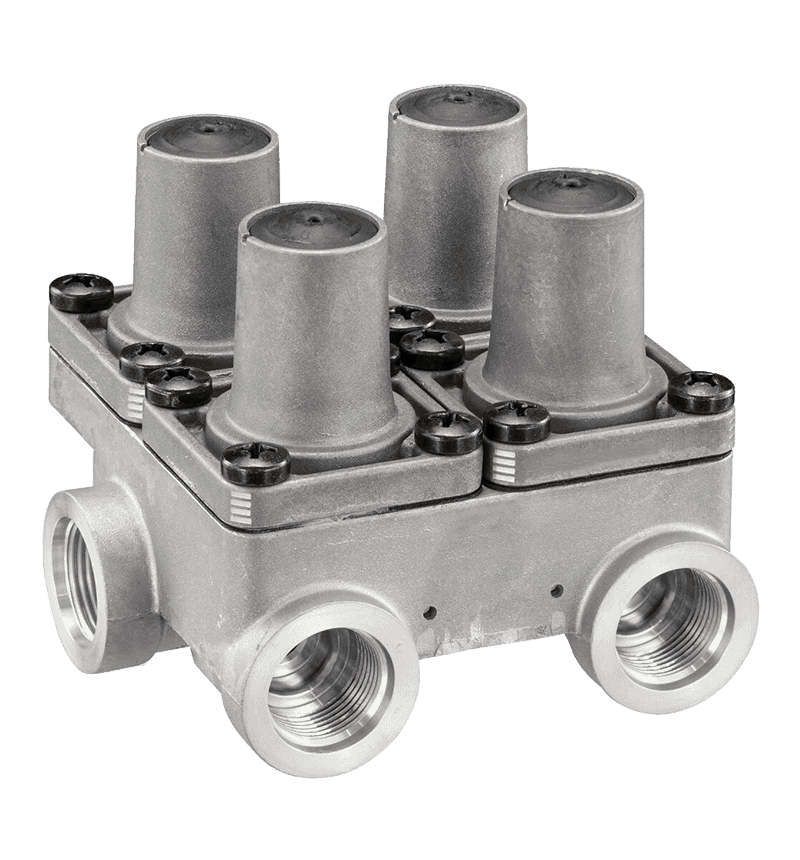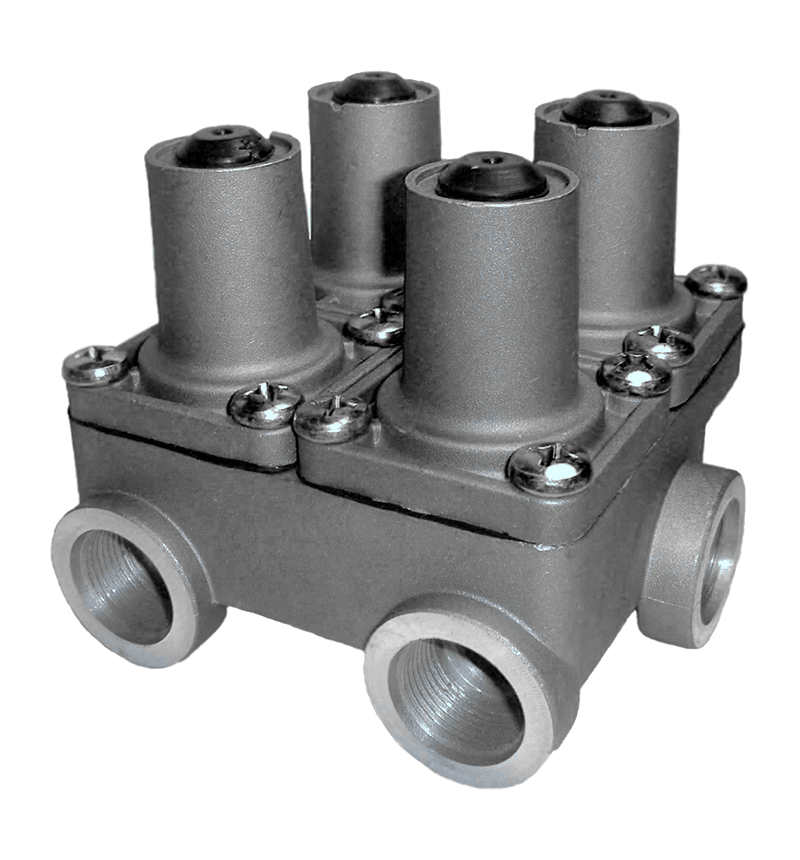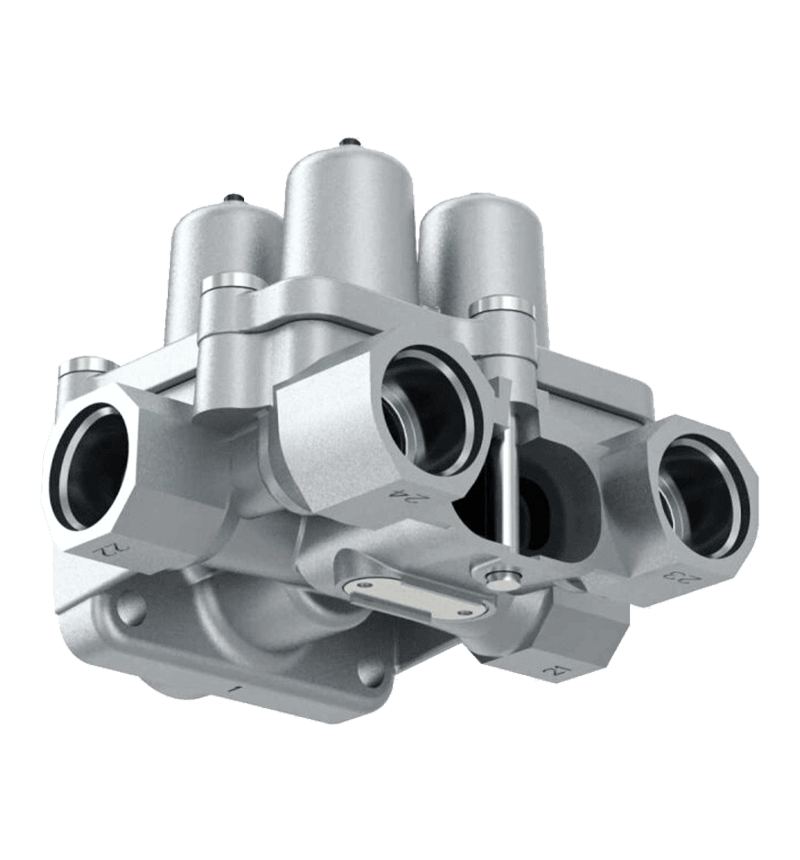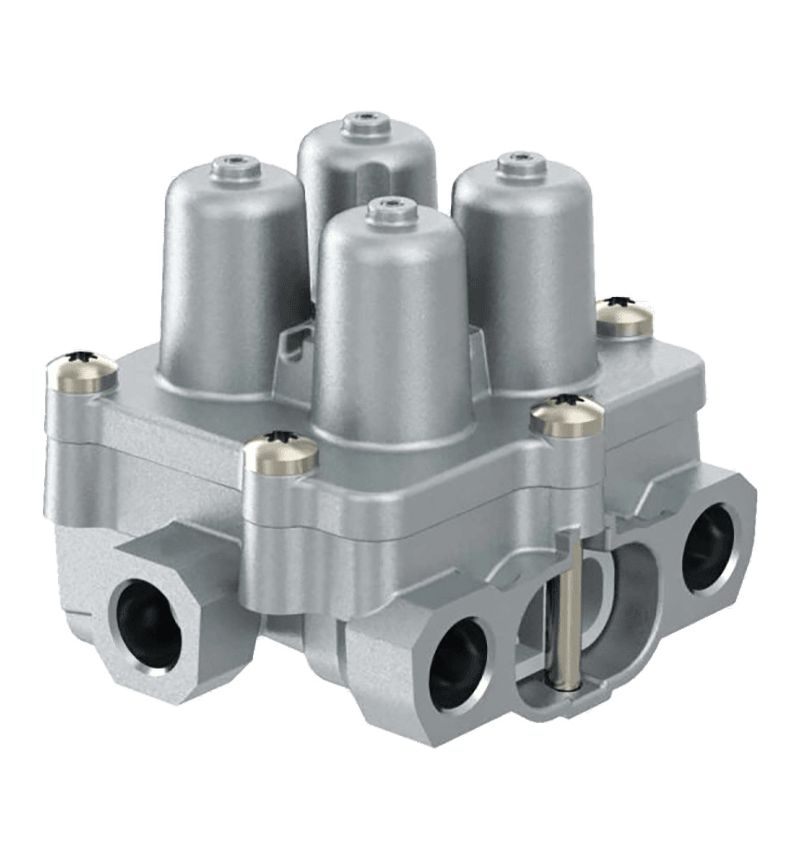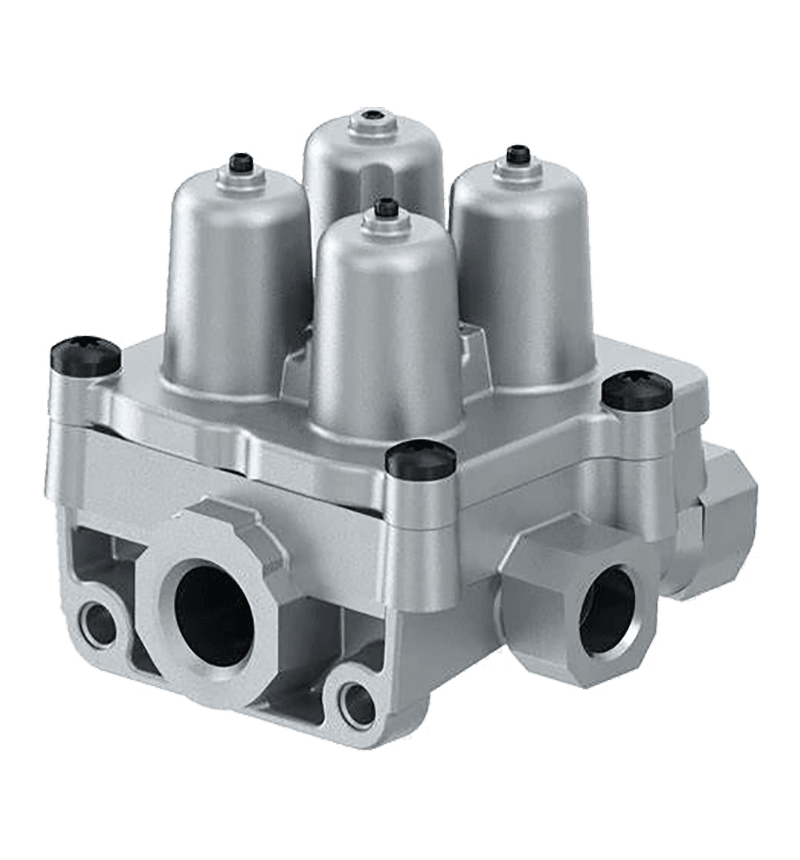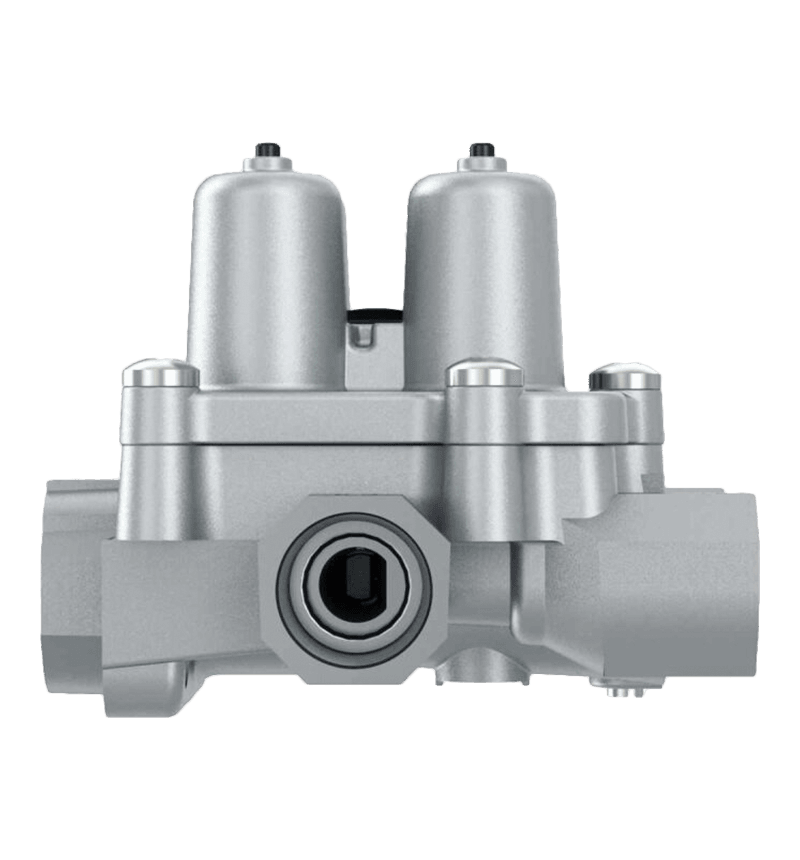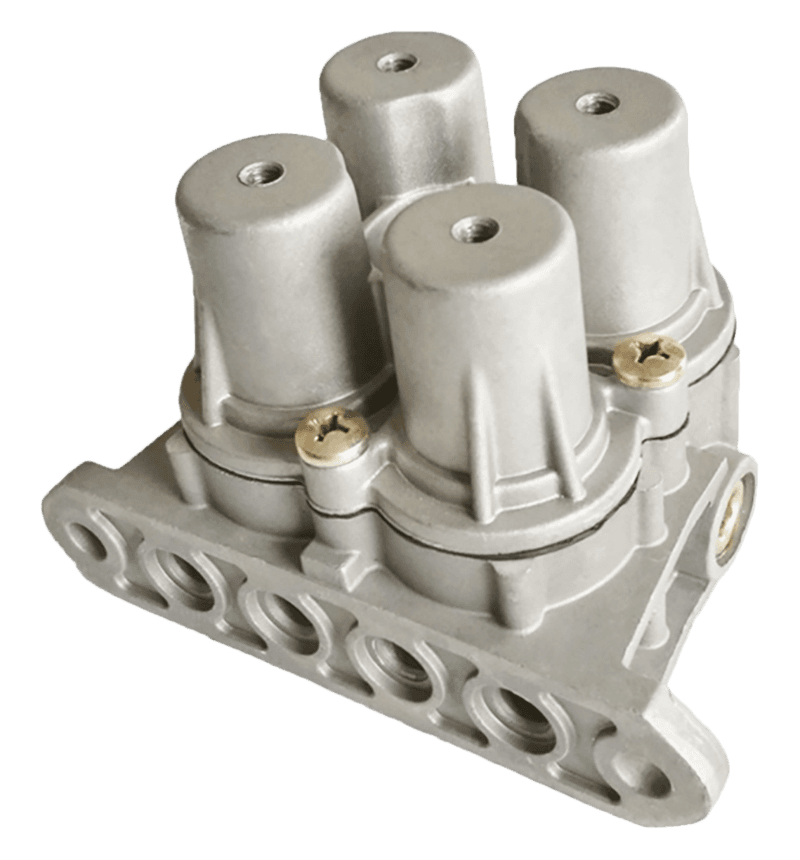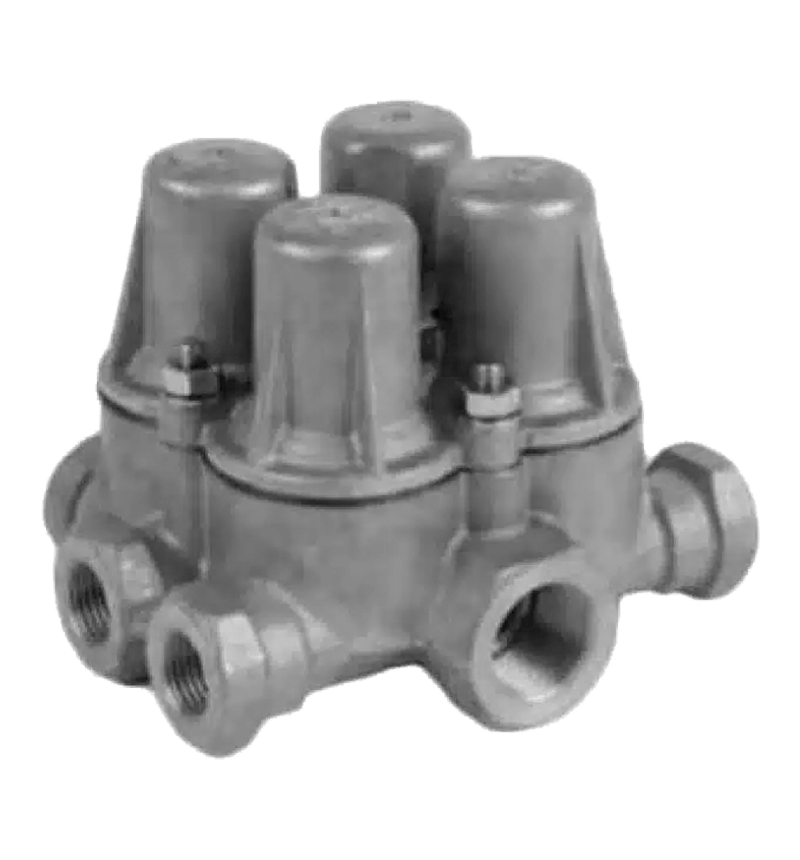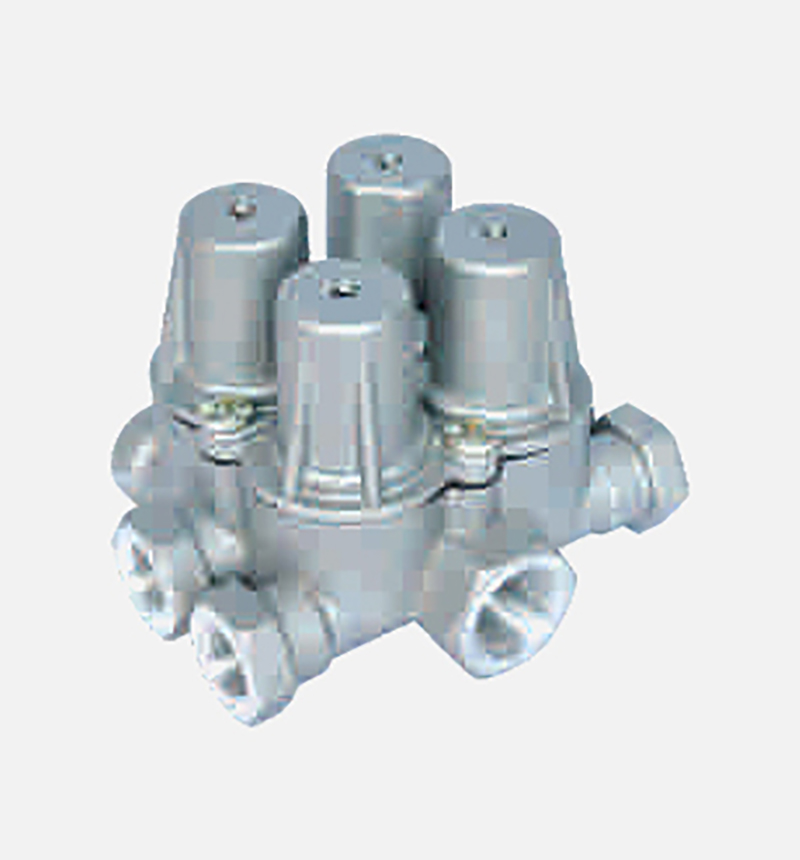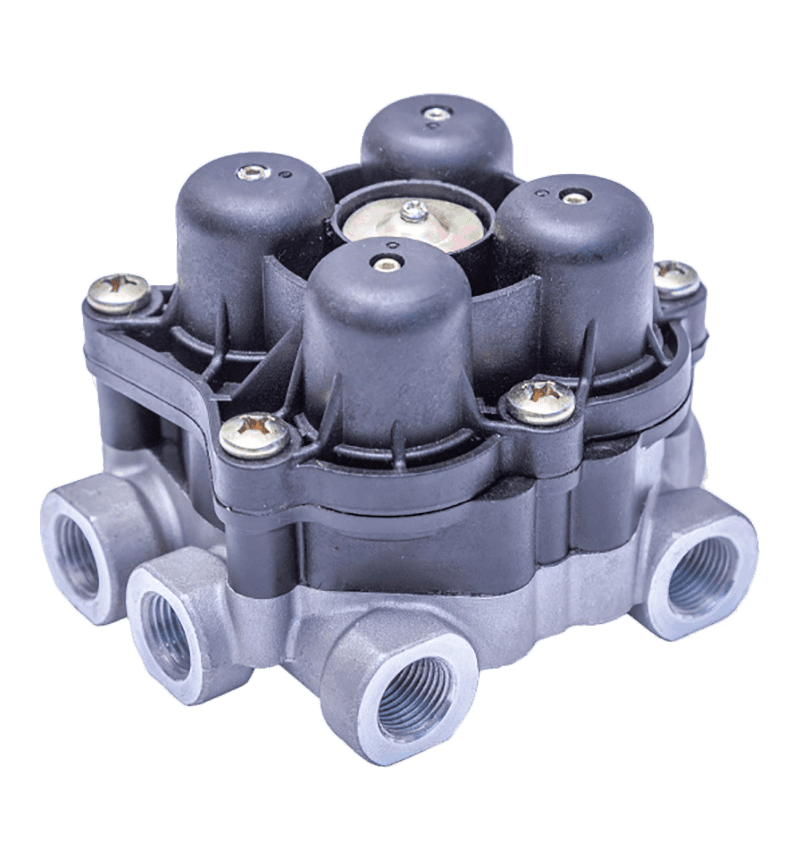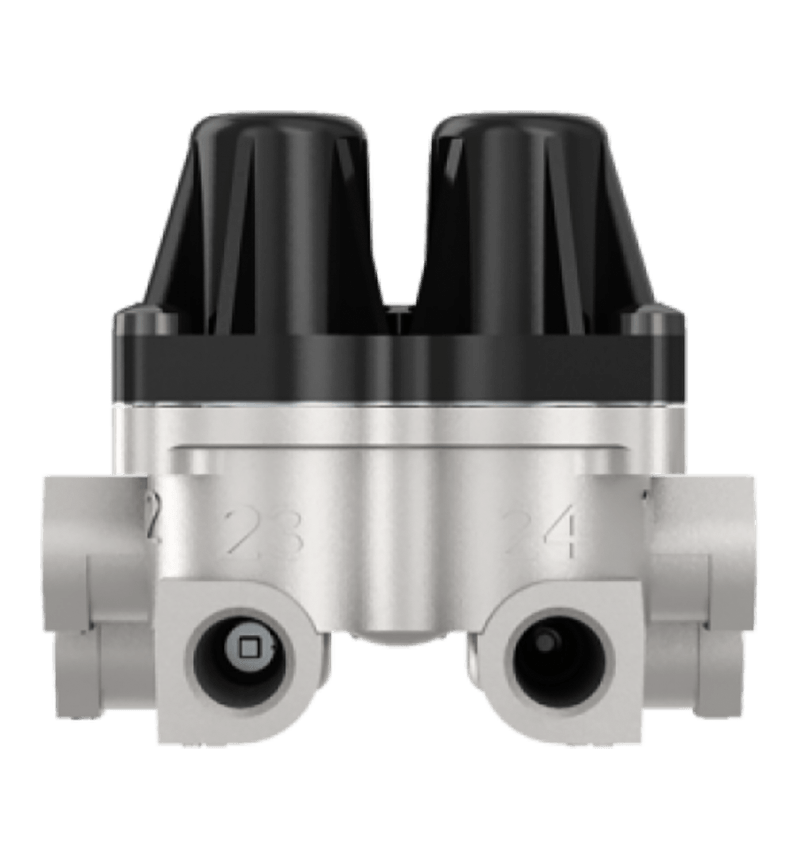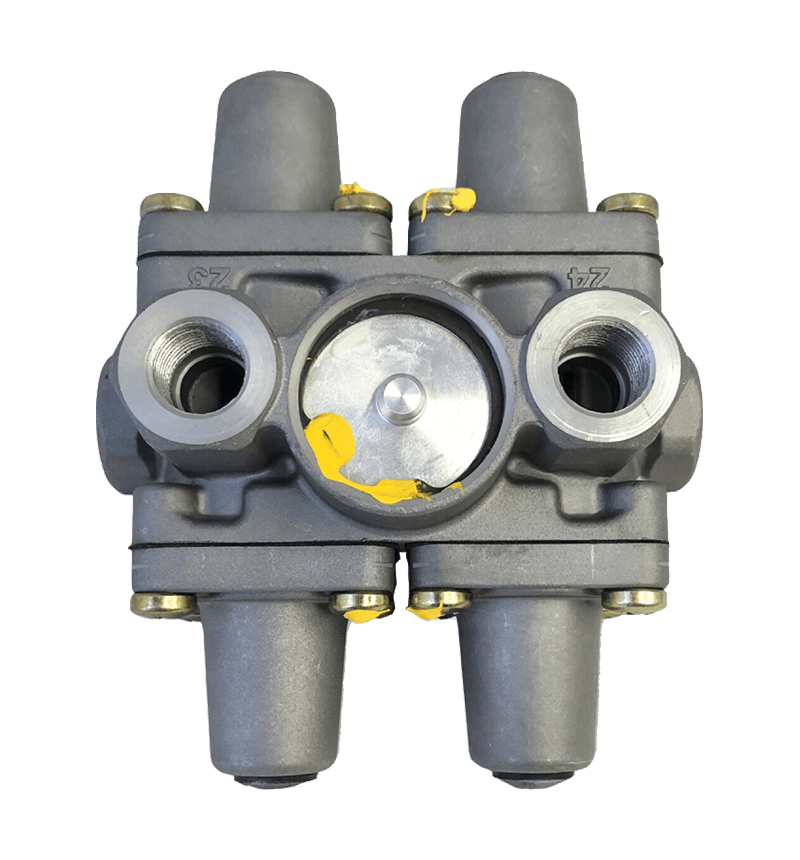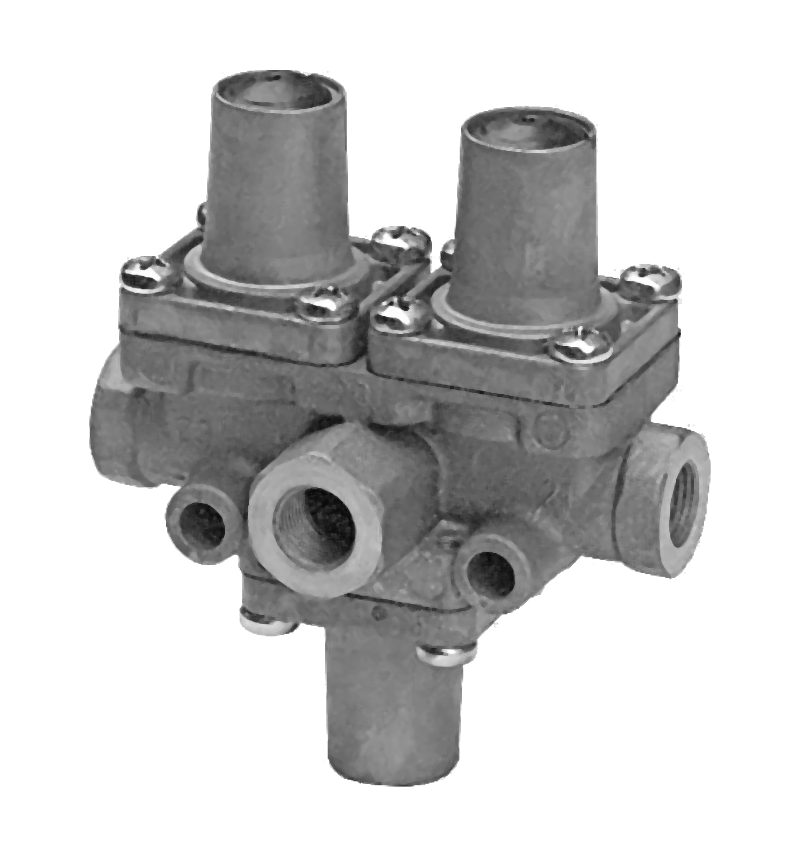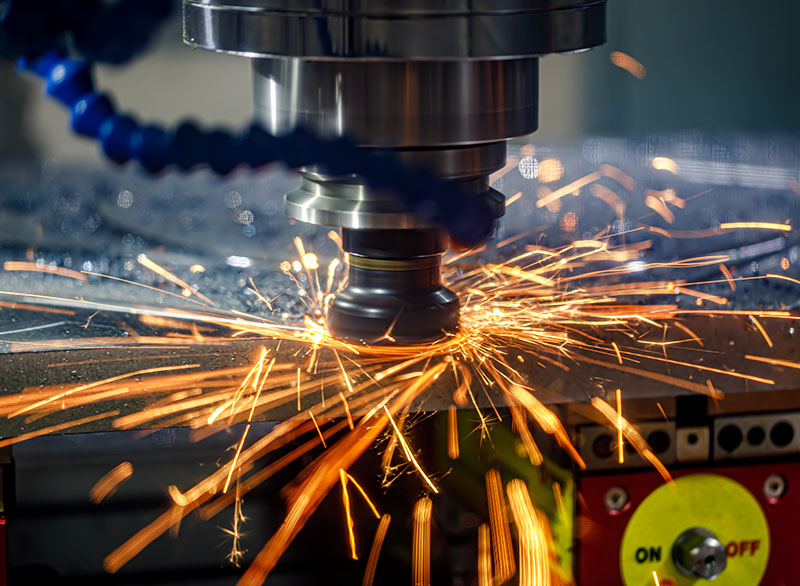What type of protection valves are usually used in steam boilers?
As an indispensable and important equipment in the field of industrial production and heating, the safety performance of steam boilers has always been the focus of attention inside and outside the industry. Among the many safety protection measures, the selection and configuration of protection valves are particularly important. In view of the specific working conditions and medium characteristics of steam boilers, the non-enclosed wrench full-lift safety valve has become the best among many choices. During the operation of the steam boiler, the heat generated by the combustion of fuel is continuously transferred to the water in the boiler, which gradually converts it into high-temperature and high-pressure steam. In this process, if the pressure inside the boiler cannot be controlled in a timely and effective manner, it may cause the boiler to operate at overpressure, which in turn causes serious safety accidents. Therefore, in order to ensure the safe operation of the boiler, a reliable safety valve must be set to automatically adjust and release excess steam pressure.
The reason why the non-enclosed wrench full-lift safety valve has become the first choice for steam boilers is mainly due to its following characteristics:
Adapting to the characteristics of steam medium: Steam is a compressible medium. When the pressure in the boiler increases, it needs to be discharged quickly and in large quantities to balance the system pressure. The fully open safety valve with a non-enclosed wrench has the function of fully opening. It can open quickly and completely when the pressure rises, discharge a large amount of steam, and effectively prevent the boiler from overpressure.
Excellent safety performance: This type of safety valve adopts high-precision springs and sensitive sensing mechanisms, which can accurately sense the pressure changes inside the boiler and respond quickly when the pressure exceeds the set value. Its large discharge volume and fast response speed ensure that the boiler can quickly reduce the pressure in an emergency and avoid safety accidents.
Convenience of operation and maintenance: The design with a wrench allows the safety valve to be manually operated when necessary, such as checking the flexibility of the valve disc and performing emergency pressure relief. This not only improves the flexibility of the safety valve, but also facilitates the inspection and replacement of the safety valve in daily maintenance. In addition, its simple structure, easy disassembly and cleaning characteristics also reduce maintenance costs and workload.
Economic and applicability: The fully open safety valve with a non-enclosed wrench is suitable for steam boilers of various capacities, especially medium and large boilers. Its moderate cost and high cost-effectiveness make it have a wide range of application prospects in the market. At the same time, its excellent performance and reliable quality have also won the trust and praise of users.
Performance in practical applications
In the actual operation of steam boilers, the non-enclosed wrench full-lift safety valve has demonstrated excellent performance and reliability. When the internal pressure of the boiler rises to the set value, the safety valve can quickly open and discharge a large amount of steam, thereby effectively preventing the boiler from overpressure operation. At the same time, its precise adjustment ability and stable discharge performance also ensure the smooth change of the internal pressure of the boiler, avoiding damage to the boiler equipment caused by excessive pressure fluctuations.
In addition, in emergency situations, such as serious accidents such as boiler explosions, the non-enclosed wrench full-lift safety valve can also serve as the last line of defense to reduce system pressure and slow down the development of accidents by discharging a large amount of steam. This provides valuable time and space support for subsequent rescue work.


 English
English Español
Español
